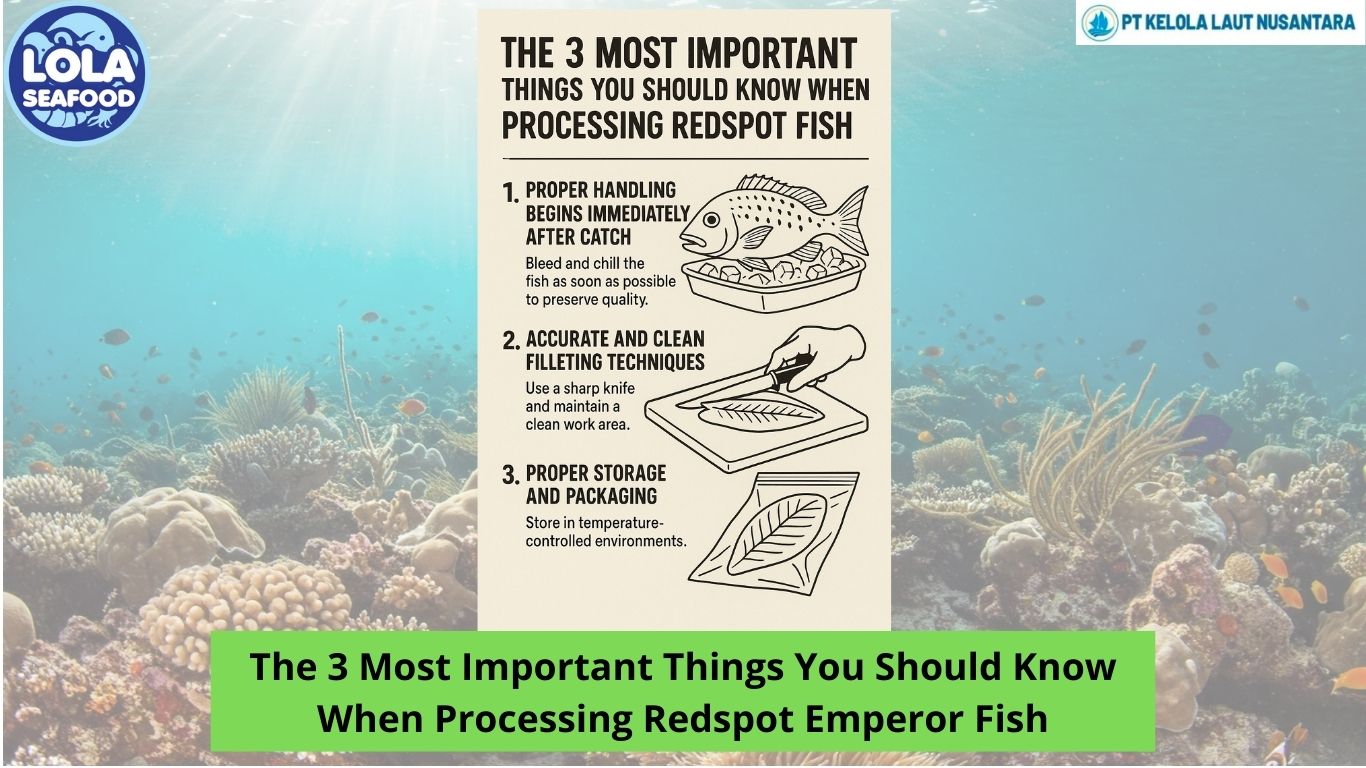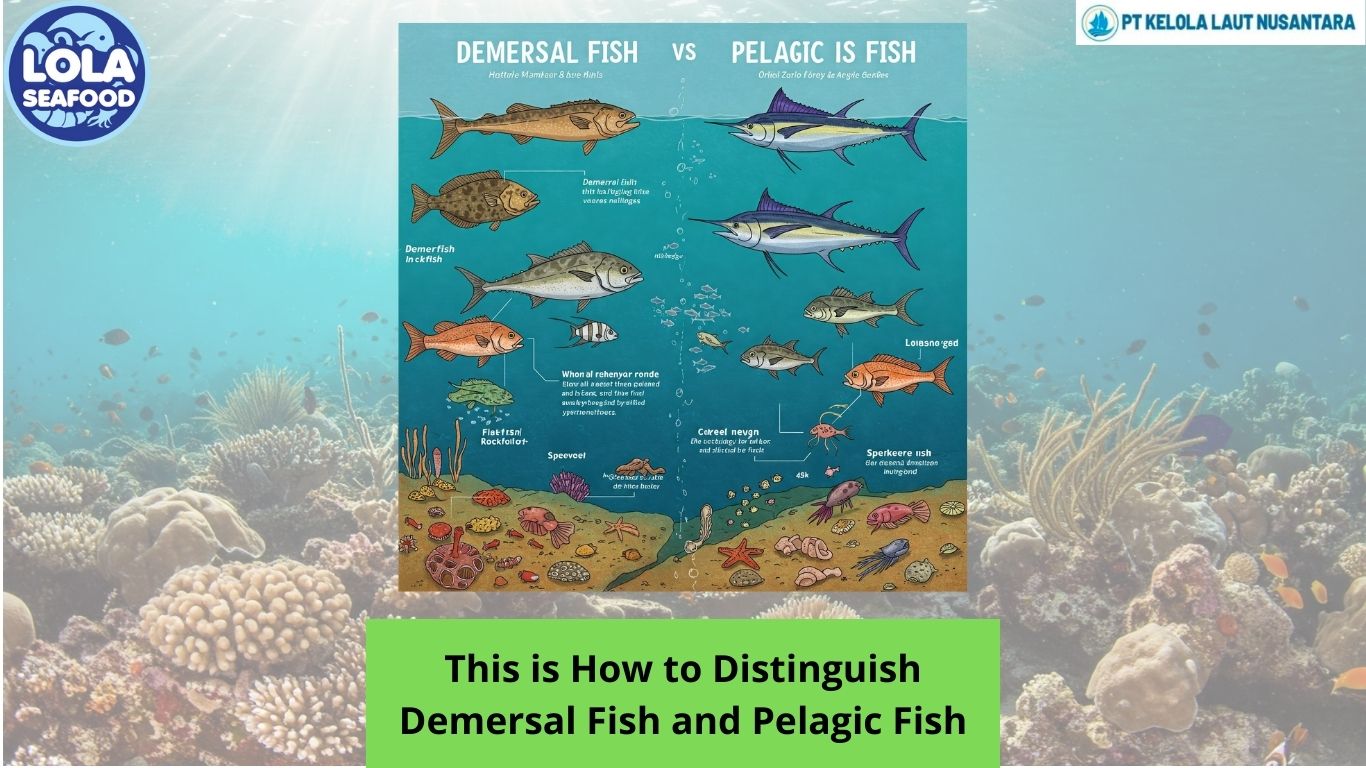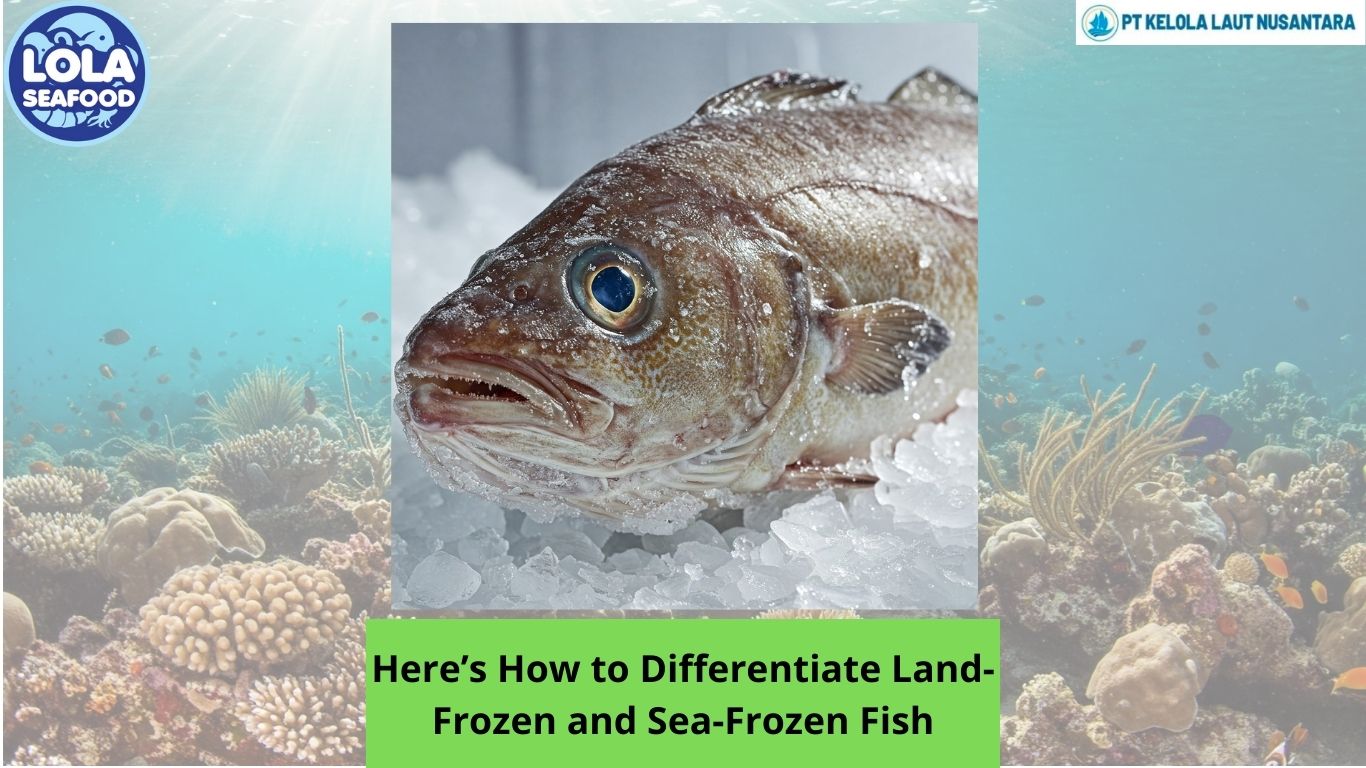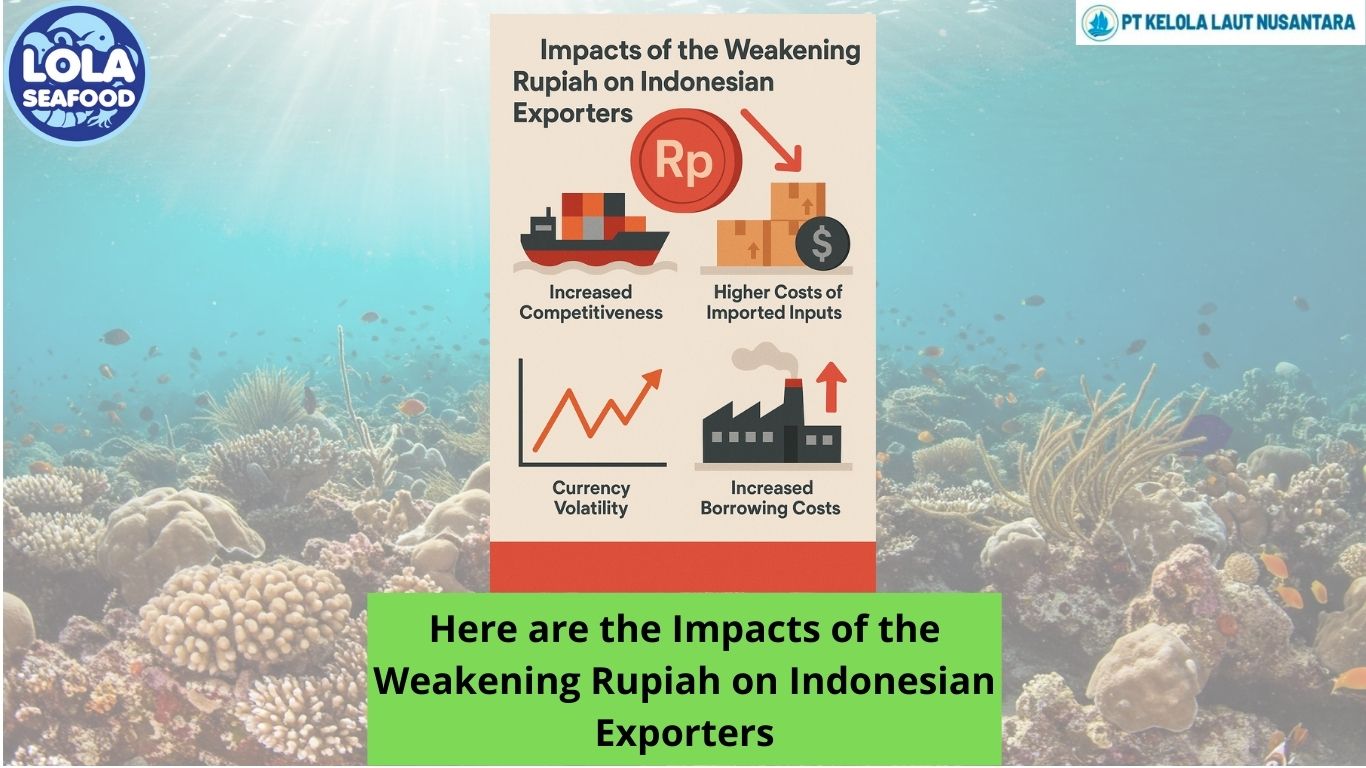WWTP? Here are the Factors that Affect the Wastewater Treatment Plant to be Good
By. Najih - 17 Oct 2024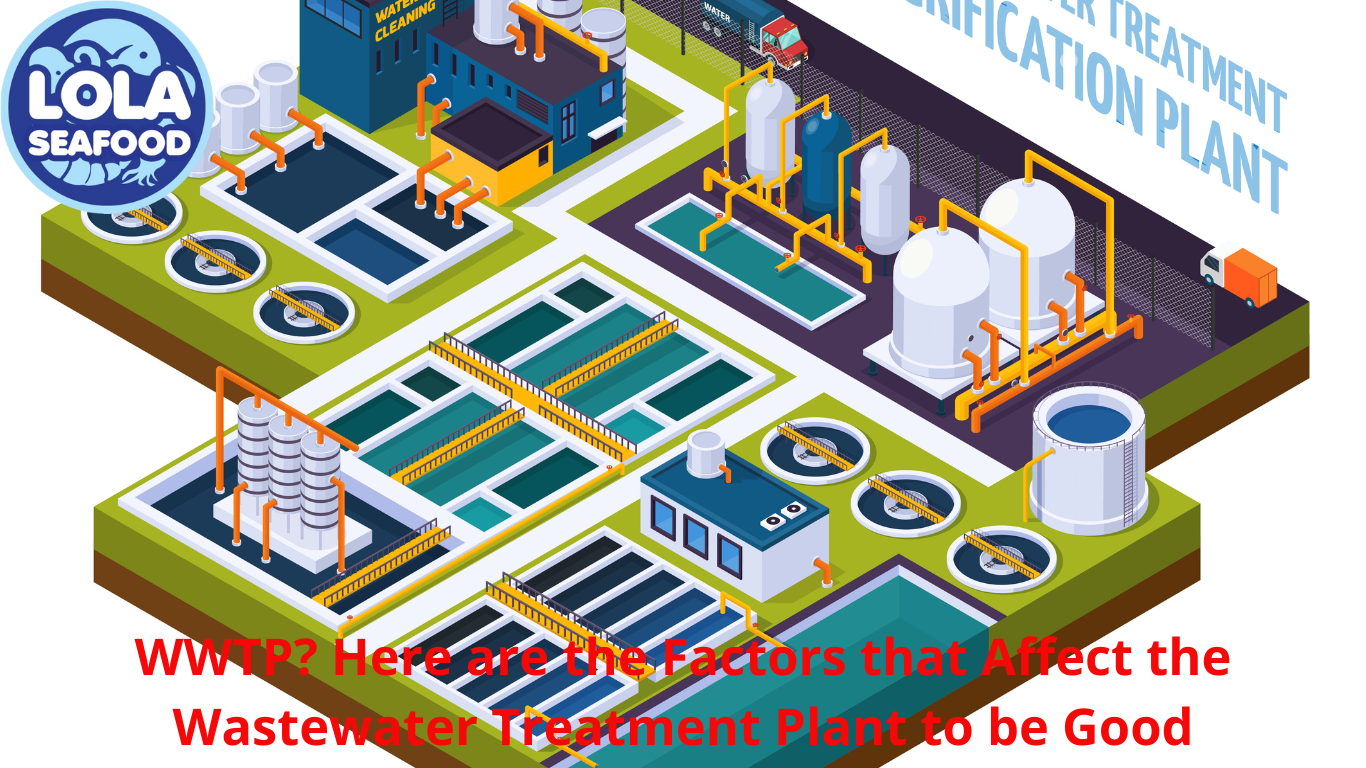
A good Wastewater Treatment Plant (WWTP) is influenced by several factors. When designing a WWTP, considerations such as the type of water source, desired finished water quality, skill of facility operators, and topography of the plant location are crucial.
Criteria for Successful Design of a Water Treatment Plant
- Talent: Developing mental abilities to deduce and find quick solutions to design problems
- Creativity: Presenting new ideas in all stages of design implementation
- Experience: Number of successfully completed projects and solutions provided to various problems
- Tools: Ensuring the latest tools and technologies are selected
- Commitment: Meeting agreed delivery dates and designs, and providing unexpected results for the better
Criteria and Considerations for Successful Design of a Water Treatment Plant
- Suitability of the plant for the quality of water to be reused
- Design capacity of the station to match the actual need for its use
- Efficiency of the plant to achieve the highest yield of treated water
- Efficiency of the station to achieve high-quality water produced in accordance with specifications
- Suitability of the station for the site and the number of users
- Low cost, ease of operation, and maintenance
Public Relations for Wastewater Treatment Plants
- Having a good public relations program for acceptance of the project by citizens
- Understanding the technologies that the plant will use, the odour-causing potential of these technologies, and ways in which this important issue was addressed by other plants in the past
- Giving tours of the plant to concerned citizens to address their concerns
- Encouraging questions and addressing concerns during the tours
- Providing good landscaping and area lighting to soften the appearance of the treatment facility
Other Important Factors
- Chemical scrubbers: Using sodium hydroxide and sodium hypochlorite or other oxidants to oxidize hydrogen sulphide and other odour compounds
- Masking agents: Using fragrant chemicals or perfumes to mask odours
- Confining, capturing, and transporting odours to scrubbers: Enclosing and/or covering the odour-causing processes, withdrawing the foul air by fans, and transporting it to the scrubbers in high-density polyethylene ducts
- Preventing scale formation: Injecting an acid into the incoming water, softening the water, or injecting chemical scale inhibitors to prevent scale formation
- Maintenance: Replacing activated carbon media annually, or based on increasing total organic carbon effluent concentration, to prevent leakage of biological particles into the reverse osmosis system
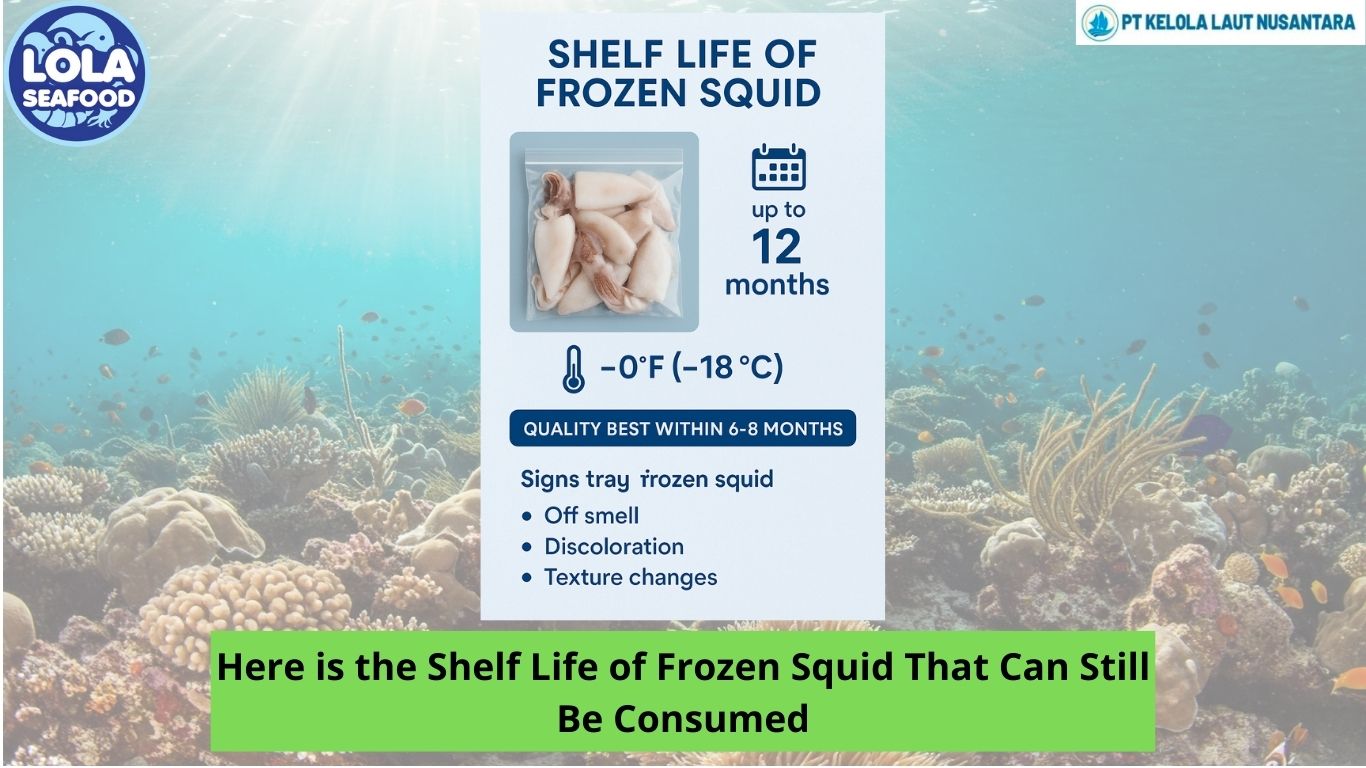
.jpg)
.jpg)
.jpg)
